Space frame, shell, and truss structures are widely used in large-span buildings such as sports venues, exhibition halls, and airport terminals. These structures are ideal for addressing complex architectural needs due to their high strength, low self-weight, and excellent spatial adaptability. This article briefly discusses their design principles and applications.
1. Design of Space Frame Structures
Space frame structures are widely used in medium and small-span buildings due to their strong load-bearing capacity and cost-effectiveness. Double-layer space frames are suitable for smaller spans, offering simplicity in construction and good structural performance. For larger spans, three-layer space frames provide greater stability and are suitable for large venues and sports arenas.
In design, key factors include node arrangement, chord structures, and load analysis. Proper selection of structural forms can reduce costs while ensuring building safety.
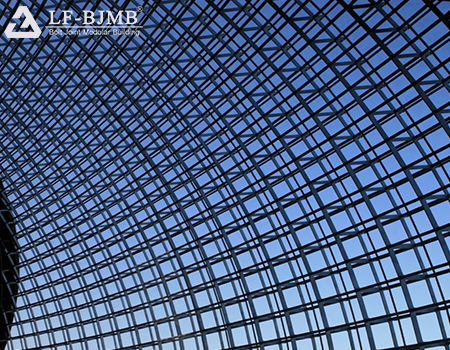
2. Design of Shell Structures
Shell structures are commonly used in large-span buildings. Their excellent load-bearing capacity and unique geometric shape make them an ideal choice. Shells can be classified into single-layer shells and double-layer shells. The former is suitable for small-span buildings, while the latter offers enhanced resistance to deformation and is ideal for larger spans.
When designing shell structures, it is essential to consider sag height and grid size. These parameters directly impact the stability of the structure and construction difficulty. Optimizing these variables results in more efficient and cost-effective designs.
3. Application of Truss Structures
Truss structures, known for their light weight and high strength, are widely used in large-span roofs, such as in airports and sports stadiums. Made from tubular materials, trusses can carry large loads with minimal volume, reducing weight and foundation demands.
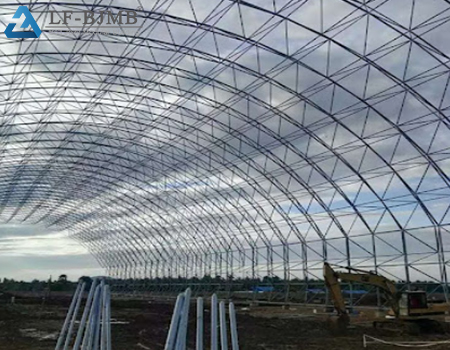
The key to designing trusses is the arrangement of the trusses and node connections to ensure structural stability and load-bearing capacity.
4. Support Types and Optimization
The choice of support for space frame, shell, and truss structures significantly affects their performance. Common support types include upper chord support, lower chord support, and double support systems. Support selection should be based on building size, load types, and construction conditions.
Double support increases structural stiffness but requires careful foundation design and resistance to lateral movement, especially in industrial projects where higher support stability is required.
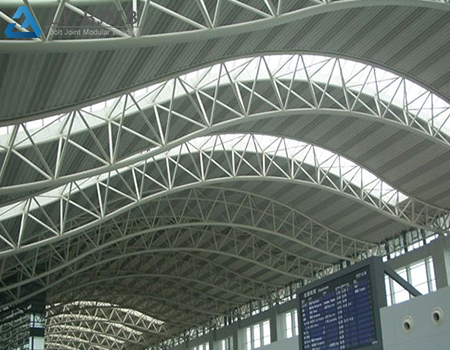
5. Comprehensive Design Considerations
Each of the space frame, shell, and truss structures has its own advantages. When designing these structures, it is essential to consider the form, materials, construction methods, and cost factors. By optimizing these parameters, it is possible to ensure structural safety and functionality while improving the overall economic performance of the building.
Conclusion
Space frame, shell, and truss structures play a vital role in modern architecture due to their excellent performance and adaptability. Through careful design and optimization, these structures not only meet the spatial demands of large-span buildings but also effectively control costs and enhance overall project efficiency.



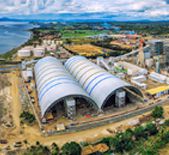
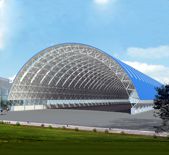
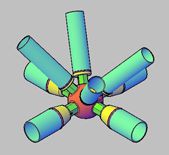
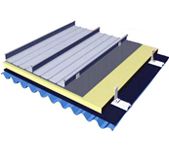




 About Us
About Us 2025-06-25
2025-06-25


